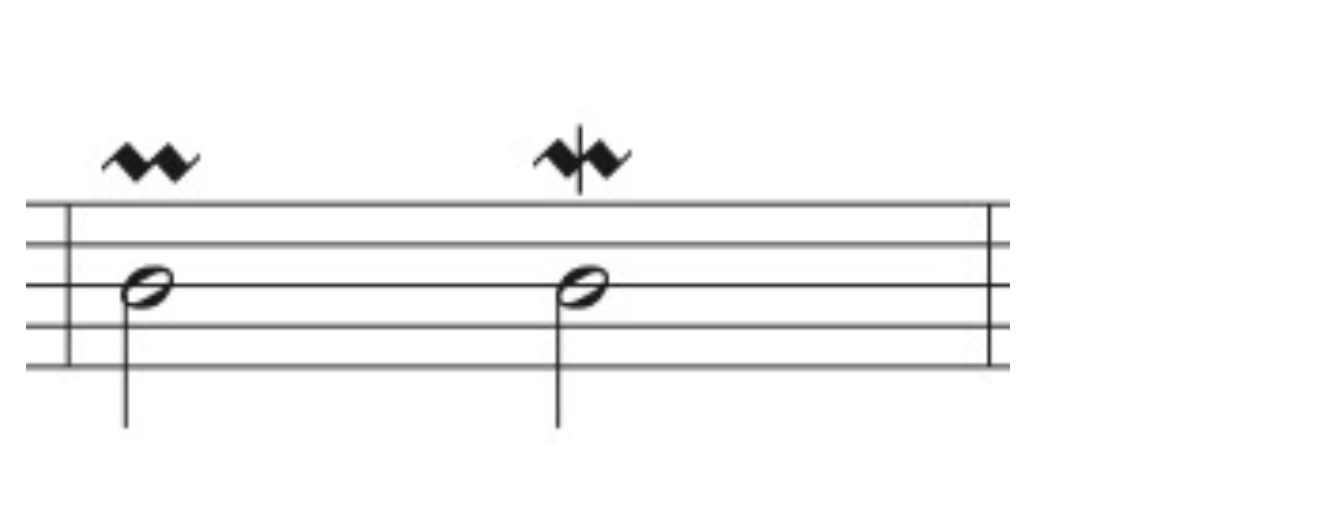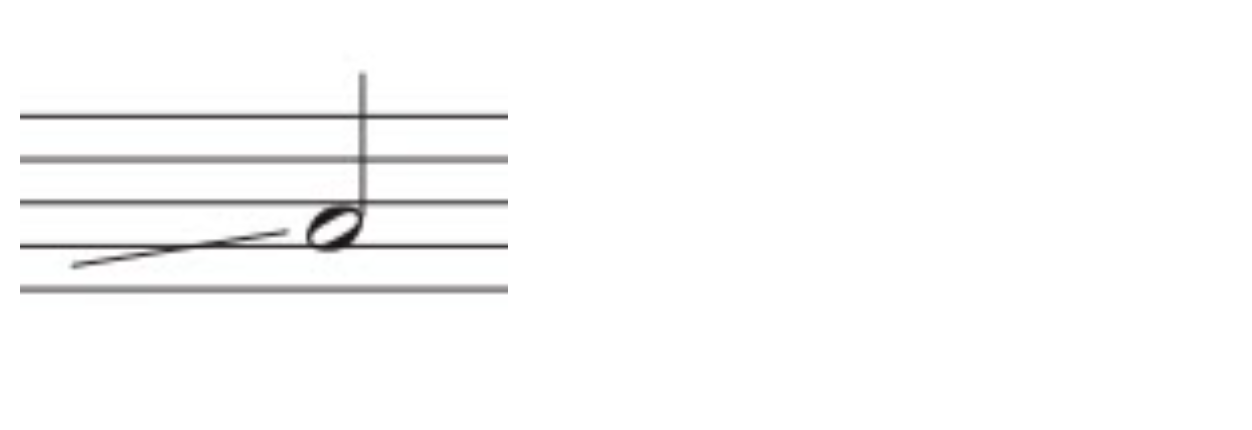What Are Ornaments in Music?
Musical ornaments are added notes that embellish the principal notes in a melody line. Ornaments permit some space for musical expression and can showcase a player’s virtuosity. Sometimes called agréments, ornaments tend to be very short in duration but can be lengthened at a player’s discretion.
Ornamentation became somewhat common during the Renaissance (mostly on solo instruments like a harpsichord) before truly becoming mainstream in the early Baroque era of the sixteenth century. By the time of the High Baroque period, master composers like J.S. Bach and George Frideric Handel made musical ornaments a mainstay of solo preludes and fugues; even ensemble music gave players leeway to add embellishments to the main notes. Eighteenth-century Classical period composers including Haydn, Mozart, and C.P.E. Bach, and nineteenth-century Romantic composers such as late career Beethoven and Chopin also included ornamentation in their writing. Ornamentation eventually faded in popularity and, today is rarely a part of contemporary classical music.
What Are the Purpose of Ornaments?
Musical ornaments exist to give players some leeway for personal expression when playing the written notes on a page. Ornamentation is not the same as improvisation; rather it’s a way to add flair via passing notes with minimal time value.
Most ornamentation is notated using grace notes, slurs, and trill symbols. No two musicians play such notations exactly alike, which is one reason why classical players value ornaments as outlets for their personalities
8 Types of Ornaments in Music
Eight principal types of musical ornaments have been used over multiple centuries: the acciaccatura, the appoggiatura, the glissando, the slide, the trill, the mordent, the turn, and the nachschlag. Below are the sheet music symbols and the music theory behind each of these music ornaments.

- 1. Acciaccatura: An acciaccatura is indicated with a slashed grace note (a small note with a slash through it) followed by a principal note. The grace note should not be stressed, but should instead quickly glide into the principal note, which receives the primary stress.

- 2. Appoggiatura: An appoggiatura is functionally the opposite of an acciaccatura. It features a grace note without a slash through it, followed by the main note. However, this ornament calls for the grace note to receive the same main emphasis. (Note that some musicians call an appoggiatura a “long appoggiatura” and call an acciaccatura a “short appoggiatura.”)

- 3. Trill: A trill is a musical pattern that involves a rapid alternation between a note and a diatonic auxiliary note directly above it—either a semitone or a whole step away. This upper note of a trill can be either a half step or a whole step above the principal note and is meant to be played rapidly. Sometimes called a “shake,” a trill is notated by the letters “tr” directly above the principal note. Sometimes the “tr” is accompanied by a wavy line.

- 4. Mordent: Similar to a trill, a mordent is a rapid alternation between a written note and a diatonic note either above it or below it. The note above the principal note is traditionally called the upper mordent or pralltriller. Composers indicate this upper mordent with a wavy line called a tilde. The note below the main note is called the lower mordent and is indicated by a wavy tilde with a short line cutting through it.

- 5. Turn: Sometimes indicated by the Italian word gruppetto, a turn is essentially a four-note pattern that features (in order) the written note, its upper mordent, the written note again, and its lower mordent. It’s notated with a sideways “S” symbol. An inverted turn puts the pattern in reverse: the lower mordent, the written note, the upper mordent, and again the written note. An inverted turn is written with the same S-shape, only with a vertical line through it. These turns can pose fingering problems, especially when sight reading, so players may dedicate specific practice time toward mastering them in a variety of contexts.

- 6. Glissando: A glissando is a rapid run (or slide) of notes connecting one target note to another. It is indicated by a wavy line, and sometimes the abbreviation “gliss.” Glissandi can be either diatonic or chromatic, depending on the musical context and the practicalities of a particular musical instrument.

- 7. Slide: A slide is like a shortened glissando, where a note is approached from one or two diatonic steps below, and the player then “slides” into that note. This works particularly well on string instruments. In Baroque and Classical era music, it usually gets a squiggly symbol; in contemporary band charts, it may appear as a much smoother line.
- 8. Nachschlag: Derived from the German phrase “after a beat,” a nachschlag resolves other ornaments like a trill. These embellishments may effectively alter the written note value on the page, making measures with nachschlags somewhat longer than measures without them. A nachschlag is less a distinct ornamentation and more a variation of existing ornamentation. This is why this form of embellishing does not receive its unique symbol.

